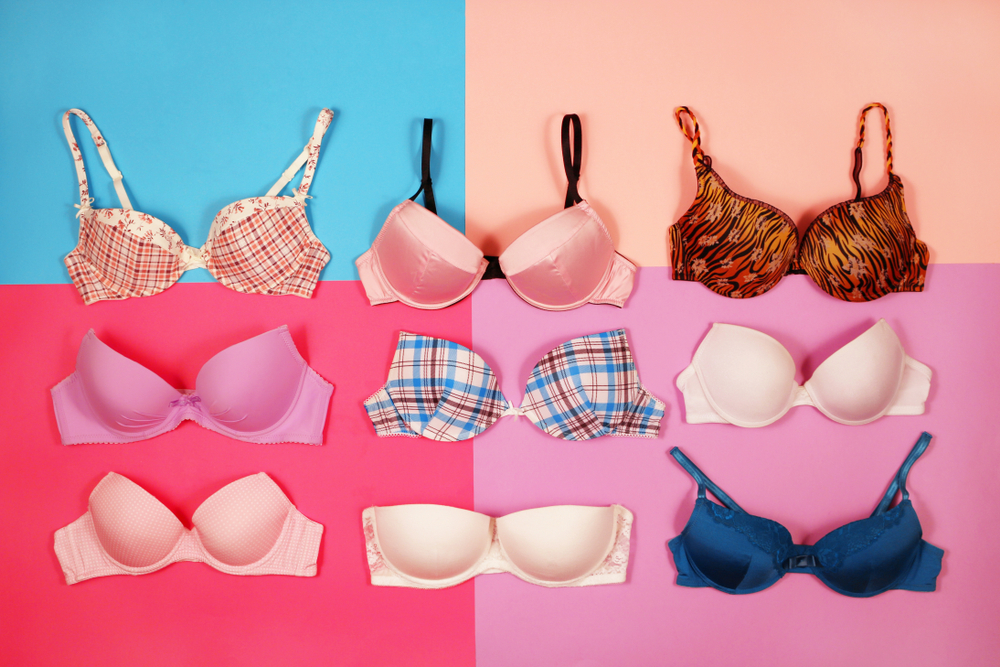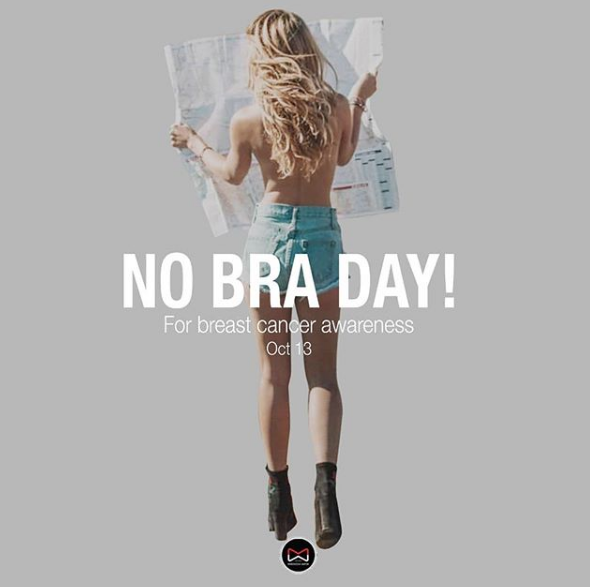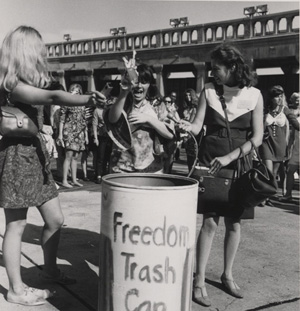To wear a bra or to go braless while working from home?
Yes, that is the question dividing WFH women. Is the bra a casualty of the pandemic or are we going to continue wearing it after this is all over?
Before COVID-19 grounded everyone, a woman’s routine for getting ready for work ranged anywhere from half an hour (if they were running really late!) to two hours or more.
She can forget her purse or her mobile phone, but she’ll never forget to put on a bra when she leaves the house. And nothing tells a woman it’s the end of a very long day more than taking off her bra and slipping into pambahay or comfortable clothes.
For the first time in working women’s lives, they can wear whatever the hell they want to work. Yet the bra still divides them.
Personally, I don’t wear one when working from home—unless I have a Zoom meeting and I’m not wearing black—and I find the whole situation liberating.
Some friends say they still wear a bra to simulate their office routine and get into work mode.

The Wall Street Journal calls the bra a “casualty” of the pandemic; Women’s Weekly says, yes, you still should wear it for your breasts to stay “perky”; Shape says sagging breasts (a constant fear of women growing old) is not about going braless but about the density of the breasts.
It’s true that even before WFH, bras were considered “breast prison,” and many women junked them.
But it’s also true that bras can make women feel good about wearing them just because they’re nice—lacy, sexy, wired, non-wired or sporty—even though no one else can see them (unless of course…).
In April, author and feminist Roxane Gay tweeted: “Just put a bra on for the first time in who knows and my boobs said, Bitch what?”
Support for the girls
Some women find that wearing a bra is like “wearing a shield” to protect them from ogling men.
To this day, nipples showing through a shirt while you’re walking in a mall is still considered by many as trying to attract sexual attention. In a country where a TV host blames a rape victim for wearing shorts, freeing the nipple is not as easy as it seems.

Culture and politics aside, women (especially with big breasts) can suffer from posture problems without the support of a bra.
Robin Lansman of the Institue of Osteopathy told Elle, “The key to wearing or not wearing a bra comes down to encouraging the body to learn how to work, not just bracing it tightly for a quick fix solution to back pain and postural problems.
For the first time in working women’s lives, they can wear whatever they want to work. Yet the bra still divides them.
“The bra's main function is to support the weight and structure of the breast. However, women often have a lot of tension and stiffness localized where the bra strap is placed. Tight bras can also severely affect the ribcage, as well as cause back and neck pain.
“Like changing swimming strokes, variety is good when it comes to wearing a bra. You should monitor how you’re feeling and what activities you’re doing that may require structural support more so than others.”
Yeah, still not wearing one while WFH.

#NoBraDay
Today, Oct. 13 is the official No Bra Day, which can be traced to an event called “BRA Day” by a Toronto plastic surgeon who wanted to raise awareness on the availability of reconstructive surgery among women who have had a mastectomy.
He called it "Breast Reconstruction Awareness" (BRA) Day. It was also intended to raise awareness on breast cancer symptoms and early screening.
The first No Bra Day event was created by anonymous user named “Anastasia Doughnuts” in 2011. It was originally observed on July 9 but was moved to Oct. 13 in 2015 to become part of Breast Cancer Awareness Month.
When women were fighting for equal rights in the ’60s, going braless was a political protest, a symbol of women’s freedom and feminism.
No Bra Day was promoted with these words: “Women are magnificent creatures, and so are their breasts. Let us spend the day unleashing boobies from their boobie zoos. Breast Cancer is something you should take seriously and be checked for.”
No Bra Day is not without critics. Living Beyond Breast Cancer CEO Jean Sachs finds it offensive. “Breast cancer is a life-threatening illness. It has nothing to do with wearing a bra or not wearing a bra."
It has also gotten to the point where photos with the hashtag #nobraday have become increasingly sexual.
But it’s social media—anything that starts out as a meaningful movement can morph into something, well, trivial. Or even sexual.

Going braless as protest
Back when women were fighting for equal rights, going braless was a political protest, a symbol of women’s freedom and feminism.
The “burn the bra” movement became famous but no bra was actually burned. In 1968, women protesting against the Miss America beauty pageant literally took off their bras and threw them into a bin marked “Freedom Trash Can” in New Jersey.
Along with the bra, they threw in high heels, lipsticks, pots and pans, corsets, Playboy magazine, curlers—things they considered “instruments of female torture” or enforced femininity.
In a BBC interview on the 50th anniversary of the protest, one of the organizers, Robin Morgan, said, “We were young radicals, just discovering feminism because we were tired of making coffee but not policy.”

“Some feminist historians mark it as the real beginning of the current wave of feminism. While flattering and quite lovely to hear, it is not true. There were already groups like the National Organization for Women in existence.”
In San Francisco in 1966—the epicenter of the hippie era—a law was proposed that would require women to wear bras. Two women students from the San Francisco State College protested by walking topless near the campus.
Every woman working today—as CEO, president of a bank, head of a government agency, senator, teacher, running her own business or in the military—owes these women a debt of gratitude.
They burned their bras—and lit the way to the boardroom .


